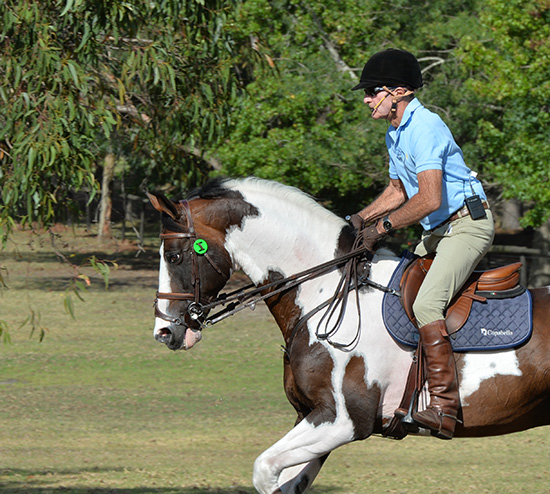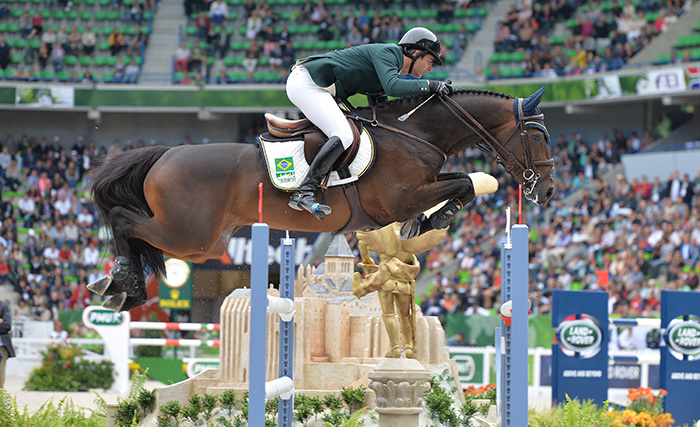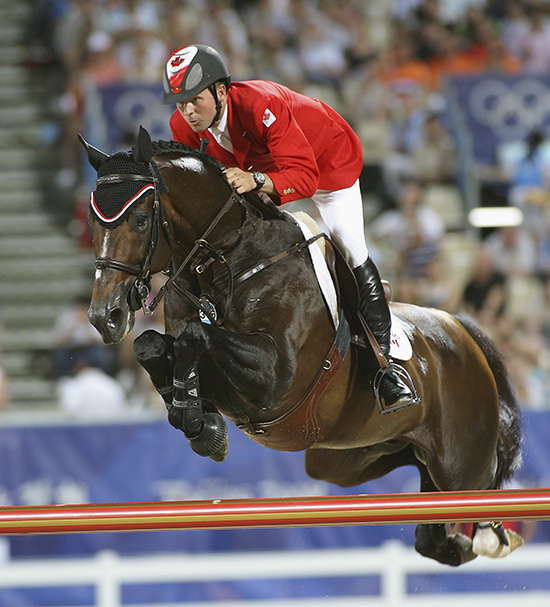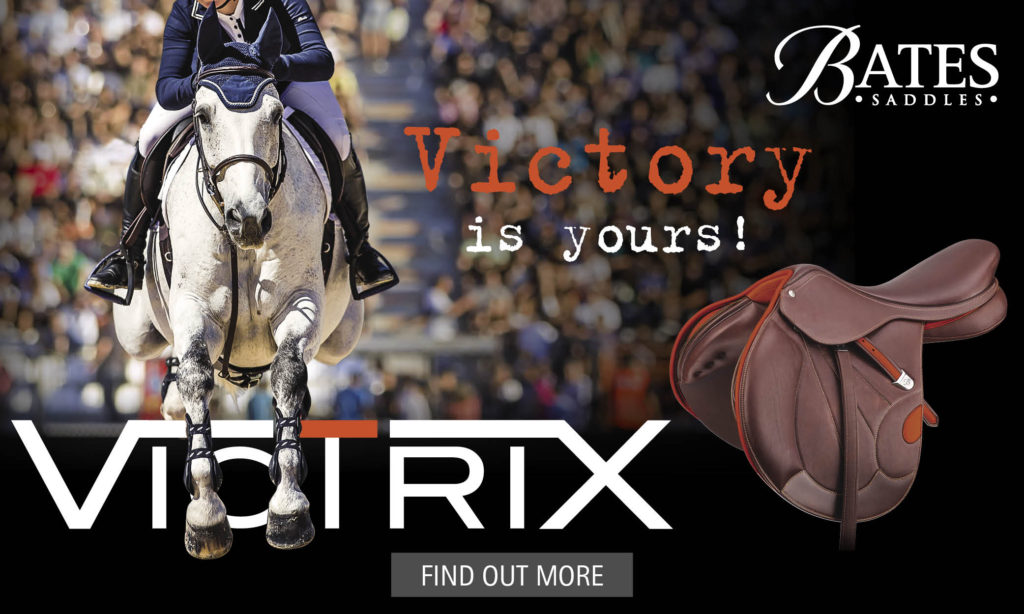George Morris tells jumping riders position is just is important for them as it is for the dressage riders…
Words Chris Hector, pix Ros Neave
“The first thing is rider position, because position puts you in the place on the horse to use the aids. If your leg is too far back, you can’t talk to the horse’s haunch. The first thing is where are you sitting? Where is your hand? Where is your seat? Then talk about aids, because aids are increments of pressure… position, contact, increments of pressure with your seat, with your leg, with your hand, with your upper body – but first, where you are sitting…
What you do with a horse is produce the impulsion with your legs and with your rein aids you channel, you receive, that impulsion is then monitored by the rein effects but that comes after impulsion. Don’t try to steer the car with the motor off…”
“I was part of a symposium with Ingrid Klimke and at the beginning I said I disagree with the order of the German training scale, because I put impulsion first. I went to Saumur and asked the Cadre Noir, which do they put first, rhythm or impulsion? A few said ‘rhythm’ and the rest said ‘impulsion’. I say impulsion because I can’t talk about rhythm unless the horse – even a baby horse – is taught right from the first time I sit in the saddle that he is thinking forward. I have read this in French books, impulsion is the mother of equitation, and I would have to put that before rhythm. Now they are very close, you could say rhythm, I could say impulsion. You could say, I want to establish the rhythm and that will give impulsion. I say my first lesson is the leg, first impulsion, and then I monitor the rhythm. Looseness is a beautiful third, contact a beautiful fourth, straightness, obviously collection is last. Collection is the result of the other things. Ingrid agreed, ‘they are all interchangeable’, and that is the right answer. It isn’t fixed except collection will always be last.”
“The American system of riding traces to Caprilli and the racing seat. The American riders are the closest to his philosophy. The Italians used to be, but they have gone more to the continental system. Our philosophy is based on racehorse balance, and it works, because most competitions are decided against the clock. Our seat is between a dressage seat and a racing seat, a half racing seat. We teach the horse to carry his own motor. We use the whip or spur if necessary, but the horse is responsible for himself, for his motor, and the rider controls this with the half halt. Take and give, that is the greatest principle in riding with the hand and leg, take and give. All the time we are asking the horse to do as much as possible himself. That’s the philosophy of Caprilli, of Whitaker and Lamaze, you can always help the horse, but that is not the heart of the Caprilli philosophy. Two important gold medalists, Eric Lamaze and Rodrigo Pessoa, they are both very forward, light riders.”
Rodrigo Pessoa
Eric Lamaze
Want more from the great George Morris?
https://www.horsemagazine.com/thm/2018/01/george-morris-and-the-ultimate-learning-curve-part-2/




